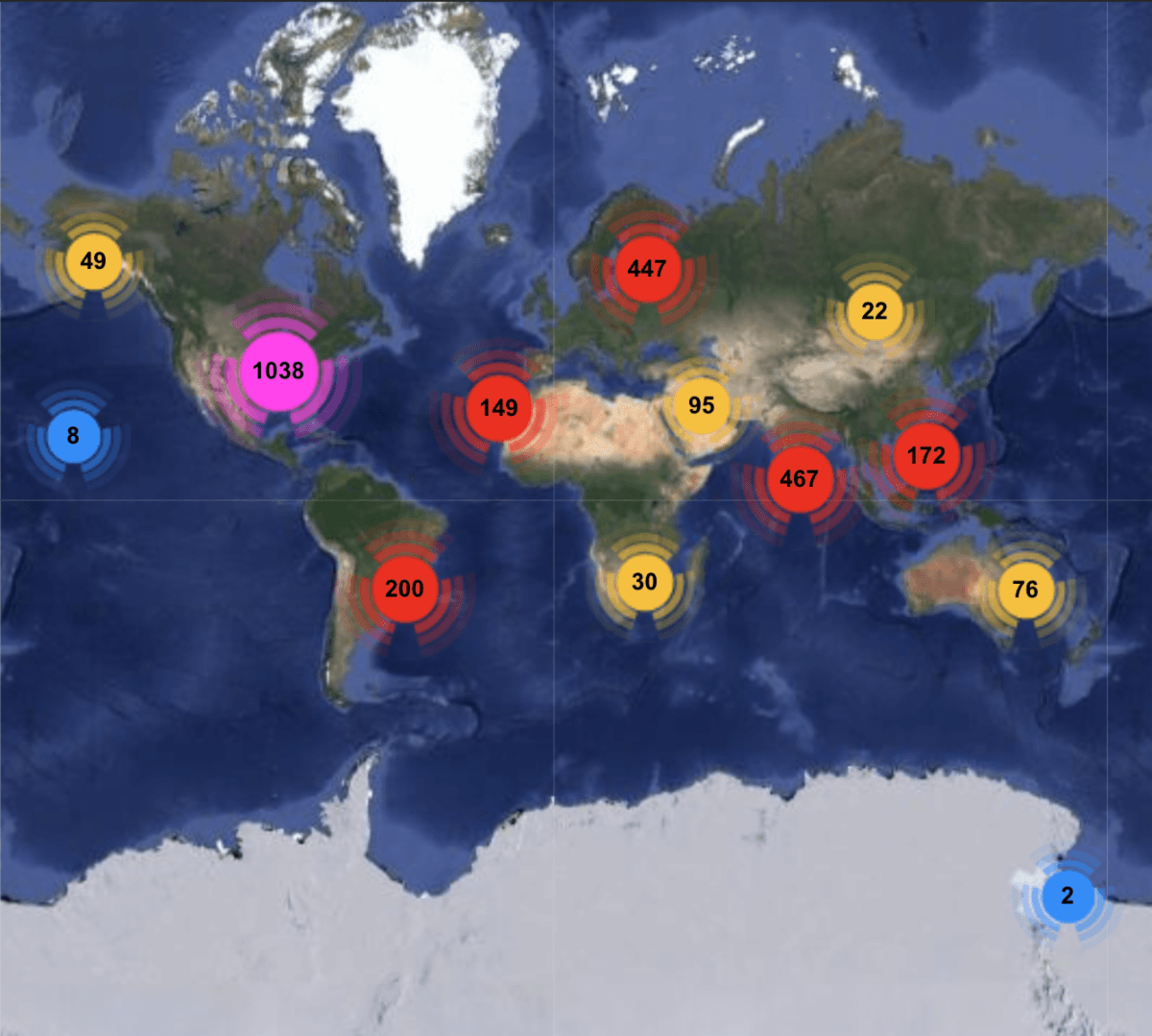
The annual Observe The Moon event rolls around again tonight, October 21st.
If you post about your observation on social media, tag your posts with #ObserveTheMoon.
International Observe the Moon Night on NASA TV
Tonight at 4 p.m. PT / 7 p.m. ET / midnight BST / 11 p.m. UTC: Catch up on NASA lunar science and exploration from the past year, discover what’s on the horizon, and explore the ways in which participants from around the world celebrate International Observe the Moon Night.
Add Yourself to the Global Map

Whether you #ObserveTheMoon by looking up at the sky, enjoying (or making) lunar music or art, attending an event, or just taking time to wonder and learn about our neighbor in space, you’re part of a worldwide community of observers.
| Register Your Participation |
Rain-or-Shine Resources
Lunar Live Streams – Peer through a telescope, virtually, thanks to live stream contributions from participants around the world.
Hands-On Activities – Create lunar art, model an eclipse, explore the Moon through graphic novels, and more.
Observe from Anywhere – Did you know that it’s possible to listen to lunar science data? Experience data sonification, wander the lunar surface online, and much more in a top-ten list of creative ways to observe the Moon.
Download Lunar Maps – These maps depict the Moon as it will appear from the northern or southern hemisphere on International Observe the Moon Night, October 21, 2023. For those celebrating on alternate days, please note that the maps also give an approximation of the Moon’s appearance for several days before and after the event. Each map includes sections dedicated to lunar landforms, lunar maria (seas of basalt), and human landing sites. Many of the best views will occur along the terminator (the line between the day and night side of the Moon).
Learn The Names of Full Moons – Each full moon has different names in different cultures. If you know of any that are missing from the list, please let me know.
The Lunar 100 – The 100 best features to look at on the Moon at any time of the year.
What Is Lunar Libration? – While the Moon always presents the same face to us, we can actually see 59% of the Moon’s surface over time rather than just 50%. This post explains why.
How Do YOU #ObserveTheMoon?
Browse participant images from around the world (and upload photos of your own observing experience!) in this year’s collaborative Flickr gallery, and join the conversation on social media using #ObserveTheMoon.
| Connect & Share |


